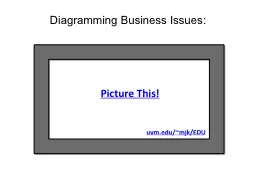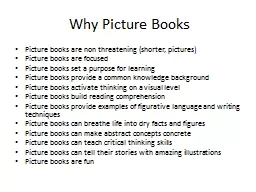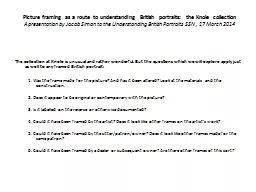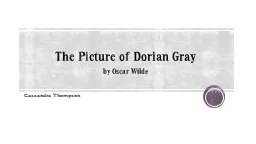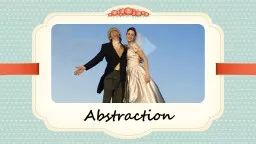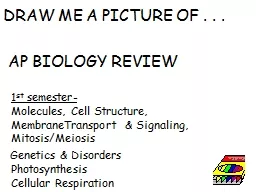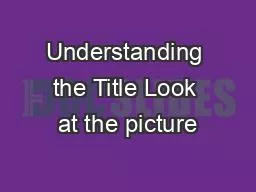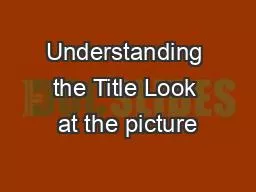PPT-Picture This!
Author : tawny-fly | Published Date : 2016-04-09
u vmedu mjk EDU Diagramming Business Issues In less than a century in a single place human welfare and prosperity which had barely changed in the preceding 10000
Presentation Embed Code
Download Presentation
Download Presentation The PPT/PDF document "Picture This!" is the property of its rightful owner. Permission is granted to download and print the materials on this website for personal, non-commercial use only, and to display it on your personal computer provided you do not modify the materials and that you retain all copyright notices contained in the materials. By downloading content from our website, you accept the terms of this agreement.
Picture This!: Transcript
Download Rules Of Document
"Picture This!"The content belongs to its owner. You may download and print it for personal use, without modification, and keep all copyright notices. By downloading, you agree to these terms.
Related Documents

